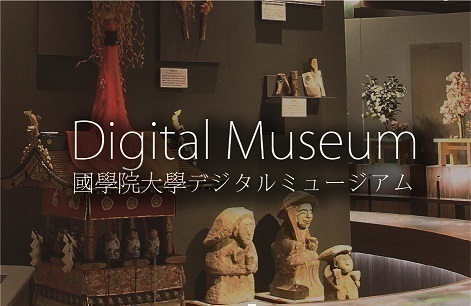- トップ
- Encyclopedia of Shinto
- Jinjaengi
Encyclopedia of Shinto
| Main Menu: | |
| Links: |
詳細表示 (Complete Article)
| カテゴリー1: | 9. Texts and Sources |
|---|---|
| カテゴリー2: | Shinto Classics and Literature |
| Title | Jinjaengi |
| Text | This is a type of record dealing with the origins a shrine and of its connection with the deity enshrined at that shrine (saijin), and the relation of the festival surrounding that deity as well as supernatural stories related to the shrine and its deity. There are some records that also include illustrations instead of just text, and these are generally known as engi emaki (picture scrolls of the shrine record). Originally records of this kind were produced by prominent Buddhist temples, and many are labeled temple and shrine origin records (jisha engi). In the Heian era, as the amalgamation of Shintō and Buddhism (shinbutsu shūgō) became a widespread phenomenon, we have records attesting to this appearing early on, such as Kitano tenjin engi. After the era of the cloistered government, people became fascinated with the origin of the deities of heaven and earth and, as a result, numerous records detailing origins of various shrines were compiled. The contents of many of these engi were informed by notions relating to honji suijaku setsu (the theory of the manifestation of Buddhist deities as kami). After the Nanboku-chō era (when political power was divided between the Southern and Northern courts) many of these records begin to include supernatural events or tales of worldly benefits (goriyaku), and while the early records are written in classical Chinese, the latter records came to be written in the vernacular. From this one can surmise that these records were, along with their intended readership, becoming more popularized. Shintōshū, an important compilation which was collected in the mid-fourteenth century, contains many suijaku engi (origins of the manifest trace doctrine). Additionally, "traditions of the shrine" or "legends of the shrine" are often included under this heading of shrine origin records. SeeShintōshū — Inoue Nobutaka |




